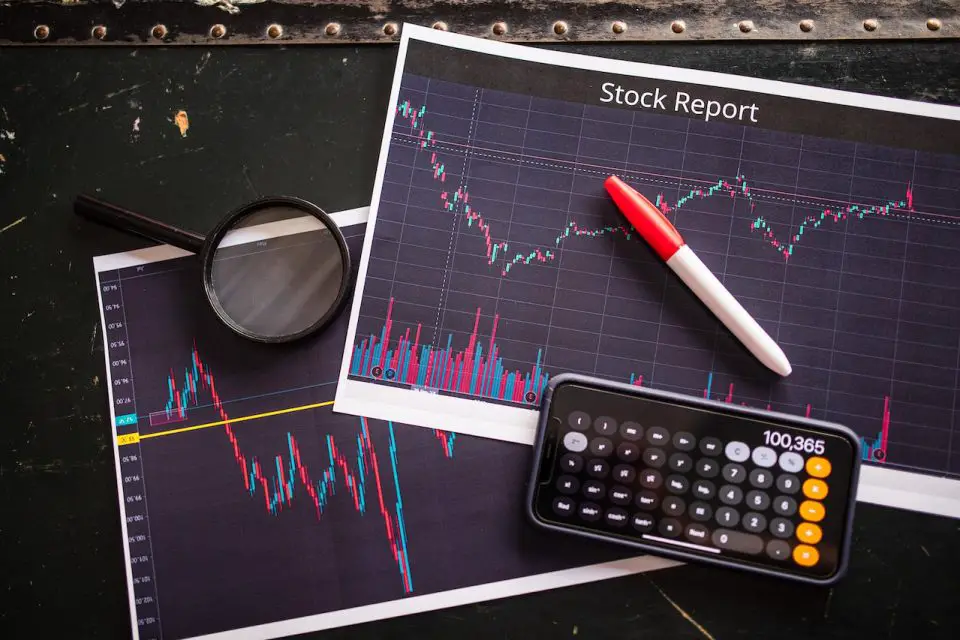Samsonite International SA, the renowned luggage manufacturer, is actively considering a secondary listing on US stock exchanges to enhance its appeal to American investors and establish an alternative channel for fundraising. Insider sources familiar with the matter have revealed that the company is exploring this strategic move, seeking to capitalize on its recent market successes.Samsonite
In response to an inquiry from Bloomberg News, the company stated in writing that it currently lacks definitive plans for pursuing a secondary listing, indicating that the exploration is still in its early stages.
Headquartered in both Luxembourg and Massachusetts, Samsonite, a company listed on the Hong Kong Stock Exchange, has witnessed a remarkable surge of nearly 18% in its share price throughout the year. This performance has bolstered its market valuation to approximately $4.5 billion, a notable achievement bolstering its status in the global business landscape.
Samsonite initially garnered around HK$10 billion ($1.3 billion) in its Hong Kong initial public offering (IPO) back in 2011. Despite these gains, its potential has been hampered by the predominance of China-based companies in the Hong Kong stock market, making it challenging to attract substantial investor interest. Presently, the daily trading volume for Samsonite shares is relatively modest at $13 million on average, in stark contrast to the daily average trading volume of $90 million for Li Ning Co., a prominent Chinese sportswear corporation and constituent of the Hang Seng Index.
Established in Denver, Colorado, in 1910 with the Samson brand, the 113-year-old company underwent significant transformations over the years. Private equity firm CVC Capital Partners acquired Samsonite for approximately $1.7 billion in 2007. However, the financial crisis led to a slump in demand for travel-related goods, prompting Samsonite Co. Stores to seek bankruptcy protection from creditors in 2009. Currently, the company’s ownership structure is characterized by fragmentation, with no single entity holding more than 10% of shares.
Since its initial public offering, Samsonite has embarked on a series of strategic acquisitions, augmenting its portfolio with respected brands such as High Sierra and Hartmann in 2012, Lipault, a French luggage brand, Speck, and Gregory in 2014. The most significant expansion came in 2016 when Samsonite acquired Tumi Holdings Inc. for a substantial $1.8 billion.
Notwithstanding its achievements, Samsonite encountered challenges that underscored its vulnerabilities. In May 2018, following a record high in its share price, the company faced a downturn. Short-seller Blue Orca Capital raised concerns over suspected accounting and corporate governance irregularities, precipitating a 17% decline in share value. In response, former CEO Ramesh Tainwala resigned following a thorough review by the Board. Samsonite promptly issued a comprehensive rebuttal to counter the allegations leveled by Blue Orca Capital.
Looking ahead, Samsonite International SA remains committed to assessing the feasibility of a secondary listing in the United States in order to attract more American investors. Such a move is poised to broaden its investor base and establish a new avenue for fundraising, marking a strategic step in its ongoing pursuit of sustainable growth and financial stability. While the company has clarified that concrete plans are not yet in place, its continued exploration of this avenue demonstrates its proactive approach to navigating the dynamic global business landscape.
Source: Bloomberg

